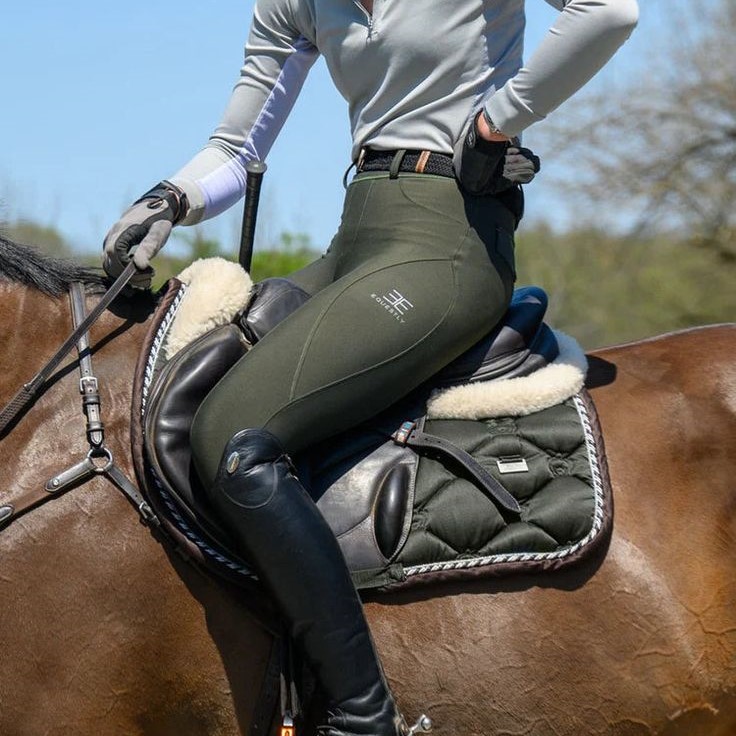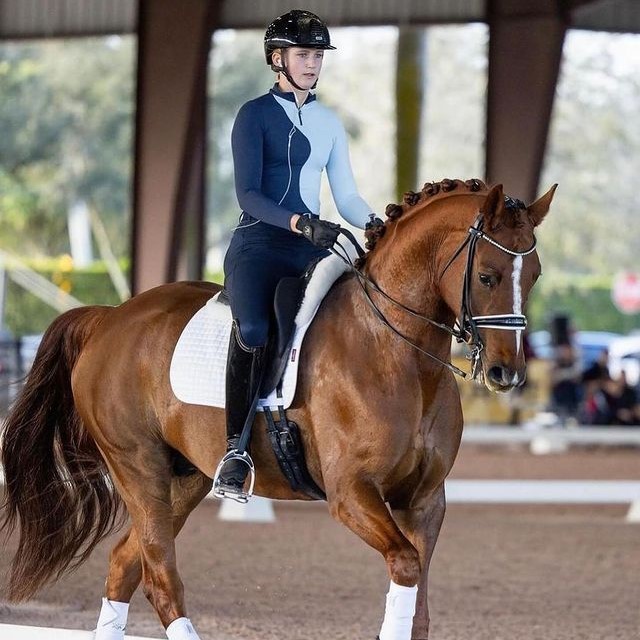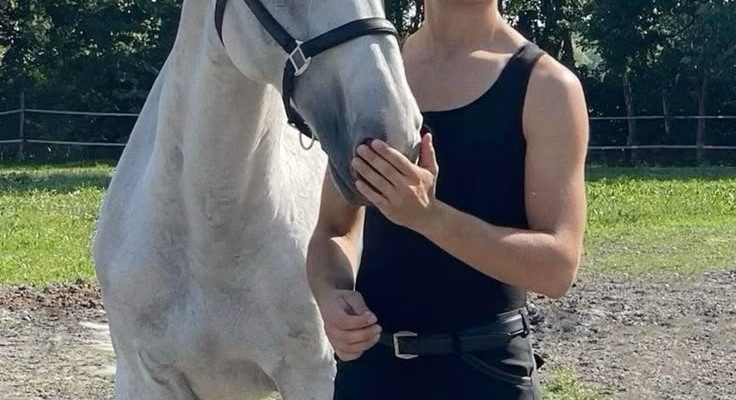Importance of Proper Equestrian Pants
Proper equestrian pants play a crucial role in enhancing your riding experience. They provide the necessary comfort, safety, and support for both casual and competitive riders. Choosing the right pair can make a significant difference in your performance and overall enjoyment.

Impact on Rider Performance and Safety
Equestrian pants are tailor-made to improve your riding posture and grip. They prevent slipping on the saddle, ensuring better stability. High-quality pants reduce the risk of injuries caused by friction or chafing. Their supportive design allows a full range of motion without causing discomfort. Proper pants also help protect from environmental factors like wind, rain, or sun exposure. Riders wearing inappropriate pants may face distractions, compromising their performance and safety.
Benefits for Long Riding Sessions
Long hours in the saddle demand maximum comfort and durability. Equestrian pants made with soft, stretchable fabrics minimize fatigue. They wick moisture away, keeping you dry during extended sessions. Flat seams and reinforced areas reduce irritation during prolonged use. The snug fit helps reduce leg strain, supporting muscles for better endurance. With the right pants, you can maintain focus and enjoy extended rides without discomfort.
Types of Pants
Different types of equestrian pants are designed to suit specific riding styles and needs. Understanding their features can help you choose the right pair.
Breeches
Breeches are the most common type of equestrian pants for English riding. They are fitted and end just above the ankle to be worn with tall boots. Breeches provide excellent grip and are made of stretchable fabric for freedom of movement. They often feature knee patches or full-seat areas for added reinforcement and saddle grip. Ideal for competitions, these pants offer a polished and professional look.
Jodhpurs
Jodhpurs are similar to breeches but extend down to the ankle. They are designed to be worn with short boots. The snug fit provides comfort and ensures ease of movement in the saddle. They are commonly used for casual riding or training sessions. Jodhpurs are often suitable for younger riders due to their versatile and simple design.

Riding Tights
Riding tights resemble athletic leggings and are typically lighter than breeches or jodhpurs. They are made with stretchable and breathable fabrics for maximum comfort. Ideal for long summer rides, they wick moisture to keep you cool. Riding tights often include grip details, like silicone patches, for stability in the saddle. Their flexible design makes them a favorite for casual riders or training sessions in warmer weather.
Materials Used
Choosing the right materials for equestrian pants ensures comfort, performance, and durability. Below, we explore common materials used to craft high-quality equestrian pants and why they matter.
Stretchable Fabrics for Flexibility
Stretchable fabrics, like spandex or elastane blends, offer maximum freedom of movement. These materials adapt to your body’s shape, ensuring a snug fit without being restrictive. Flexibility is crucial for activities such as mounting the horse, maneuvering, or maintaining proper posture during rides. With stretchable fabrics, riders can focus on their performance without feeling restrained.
Breathable Materials for Comfort
Breathable fabrics, such as cotton blends or moisture-wicking synthetics, maintain airflow and reduce sweat build-up. These materials help regulate body temperature, keeping riders cool during intense sessions or hot weather. Breathability is especially essential for long-duration rides, as it minimizes discomfort and prevents skin irritation. Comfortable fabrics also contribute to an enjoyable overall riding experience.
Durable Fabrics for Longevity
Durability is a key factor, especially for riders who train frequently or compete. Reinforced materials like nylon or polyester ensure resistance to wear and tear. Durable fabrics enhance the lifespan of equestrian pants, even under rigorous use. They also withstand environmental elements, such as mud, rain, and friction from the saddle. Quality materials save money in the long run by reducing the need for frequent replacements.
Features to Look for in Equestrian Pants
When choosing equestrian pants, specific features enhance functionality and comfort. These details can greatly impact your riding experience by improving performance and practicality.
Grip and Reinforcement Options
Grip is essential for stability in the saddle. Look for pants with knee patches or full-seat designs. Silicone grips or leather reinforcements offer extra hold, reducing chances of slipping. These features provide better control, especially during jumps or fast movements. Reinforced areas also add durability, preventing wear and tear from frequent riding.
Waist Design for Support
A well-designed waist ensures a secure fit. High-waisted pants offer more coverage and support for core muscles. Comfortable elastic or adjustable waistbands prevent slipping or pinching. A snug waist design aids in proper posture, which is critical for prolonged rides or competitions.
Pockets and Storage Features
Pockets add convenience for storing essentials like keys, phones, or treats for the horse. Look for zipped or secure-style pockets to avoid losing items during active riding. Smartly designed storage features should not compromise comfort or restrict movement. Practical pockets help riders keep necessities within easy reach during rides.
Different Riding Styles
Finding the right equestrian pants depends on your chosen riding style. English and Western riders have unique preferences and requirements. The design, fit, and materials of the pants should align with the demands of these styles.
English Riding Pants
English riding pants, such as breeches, are tailored for activities like dressage and show jumping. These pants feature a snug fit, typically ending just above the ankle. This design allows seamless pairing with tall boots. The tight fit helps prevent fabric bunching, ensuring a polished look.
Full-seat or knee-patch grips are common in English pants. These provide excellent stability during jumps or intricate maneuvers. Additionally, their stretchable fabrics ensure free movement. For competitions, English pants should offer a professional appearance, often with a neutral color palette to match traditional standards.
Western Riding Pants
Western riding pants emphasize comfort and durability for long hours in the saddle. Unlike English pants, Western styles are more relaxed and focus on work settings. Jeans made with reinforced seams and sturdy materials are common for these riders.
Some Western pants may come with boot-cut designs to accommodate cowboy boots. Breathable fabrics are essential for those working outdoors or in varying climates. Riders participating in roping or barrel racing may prefer pants offering flexibility without compromising strength.

Choosing pants suited to your riding style enhances performance and comfort. Matching the design and material to the requirements of English or Western riding ensures an optimal experience.
Seasonal Considerations
Choosing the right equestrian pants for each season enhances comfort and performance. Weather significantly affects riding conditions, so pants suited to each climate ensure better functionality and protection.
Lightweight Pants for Summer
Summer riding demands pants that keep riders cool and comfortable. Lightweight equestrian pants made from breathable fabrics are ideal. Materials like cotton blends or moisture-wicking synthetics regulate temperature and manage sweat efficiently.
Stretchable designs in riding tights suit summer heat perfectly. Their flexibility improves movement without restricting freedom. Many lightweight pants include UV protection, shielding riders from harmful sun rays during outdoor sessions.
These pants often feature minimal seams for added comfort. Riders can focus on performance without irritation caused by dense stitching. Opt for light-colored pants to reduce heat absorption on hot summer days.
Insulated Pants for Winter
Cold temperatures call for warmth and protection. Insulated equestrian pants with thermal linings are perfect for winter riding. Fabrics like fleece or wool blends trap heat and keep riders warm.
Durable external materials prevent wind and rain penetration. Waterproof pants provide extra protection during wet or snowy conditions. High-waisted designs offer better coverage, shielding the midsection from icy drafts.
Winter pants often feature elastic cuffs or boots-compatible designs. These ensure no cold air infiltrates while riding. Additionally, reinforced seams and padded areas enhance comfort during prolonged rides in harsh weather.
Selecting season-specific equestrian pants ensures safety and enjoyment throughout the year. Tailoring choices to the weather guarantees optimal riding experiences in summer and winter alike.
Maintenance Tips
Proper maintenance extends the lifespan of equestrian pants and ensures their optimal performance. These tips cover effective cleaning, storage, and steps to prevent wear and tear.
Cleaning and Storing
- Regular Cleaning: Wash equestrian pants after every use to remove dirt, sweat, and odors. Follow the care instructions on the label.
- Hand vs. Machine Wash: Hand wash pants with delicate fabrics. Use a gentle cycle for durable materials in the washing machine.
- Avoid Harsh Detergents: Choose mild detergents to protect fabric integrity and prevent skin irritation.
- Drying: Air dry equestrian pants to prevent shrinking and damage. Avoid exposing them to high heat.
- Proper Storage: Fold pants neatly or hang them in a clean, dry space. Store them away from direct sunlight.
- Prevent Creases: Avoid folding pants in tight spaces as prolonged creases may damage the fabric.
Preventing Wear and Tear
Inspect Regularly:
After each ride, take a few minutes to thoroughly inspect your equestrian pants.
Pay close attention to the seams, as these areas are often the first to show signs of wear. Look for any fraying, loose threads, or stitching that may have come undone.
Additionally, check the grips on the seat and the inside of the legs, which can wear down over time, affecting both comfort and performance.
Inspect any reinforcements or patches you may have on the pants, ensuring they are secure and functioning properly to provide the durability you need while riding.

Reinforce Weak Areas:
If you notice any weakened areas in your equestrian pants, it’s crucial to address them immediately. Ignoring small issues can lead to larger problems down the line.
For stitching that is coming apart, you can use a sewing kit to reinforce the seams, making sure to use a thread that matches the pant fabric.
If you find a tear or significant wear, consider patching it with an appropriate fabric or using iron-on patches designed for clothing repair.
Promptly dealing with these repairs can help prevent further deterioration, ultimately saving you money on replacements and extending the life of your pants.
Avoid Excessive Use:
While it might be tempting to wear your favorite equestrian pants every day, try to limit the frequency of use to avoid overstraining the fabric.
Repeated rigorous riding can weaken the material, leading to faster wear and tear, which can compromise both comfort and durability.
Consider scheduling your riding days to allow the fabric some time to rest, reducing stress on specific areas and helping them maintain their shape and integrity.
Alternate between different styles or pairs of equestrian pants to allow each pair to recover from intense use.
Keep Away from Sharp Objects:
It’s essential to be mindful of your surroundings while wearing equestrian pants. Sharp objects such as keys, tools, or any other pointed items can easily snag or rip the fabric.
When storing or transporting your pants, ensure they are kept away from items that could potentially cause damage.
If you need to carry tools or keys, consider using a protective pouch or bag to keep them secure and separate from your pants.
Always be aware of your environment when riding; avoiding low branches or rough surfaces can also reduce the risk of accidental rips.
Rotate Pants:
To maximize the lifespan of your equestrian pants, it’s a wise idea to have multiple pairs in your wardrobe.
Rotating between different pants helps ensure that wear and tear are evenly distributed across all pairs, instead of concentrating the stress on just one pair.
This approach not only prolongs the life of each pair but can also allow you to choose the best fit for specific activities or weather conditions.
By diversifying your wardrobe, you can also enjoy different styles and features tailored to your riding needs.

Protect from Environmental Exposure:
Environmental factors like extreme heat, cold, or moisture can adversely affect the materials of your equestrian pants.
During harsh weather conditions, consider storing your pants in a cool, dry place to prevent color fading and degradation of the fabric.
If your pants are wet from riding in the rain or from washing, make sure they are fully dried before storing them away to prevent mildew or odors.
Additionally, consider using garment bags or protectors designed to shield your clothing from UV rays and environmental damage, ensuring they remain in great condition for longer.
Caring for equestrian pants effectively ensures they remain comfortable, functional, and durable for years of riding.
